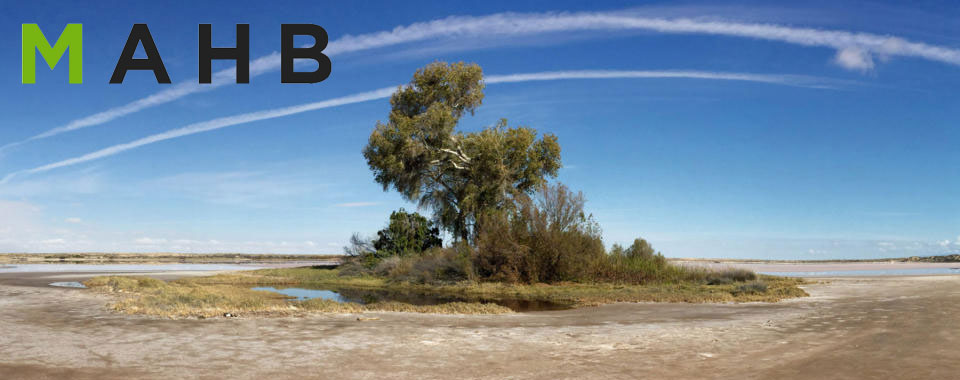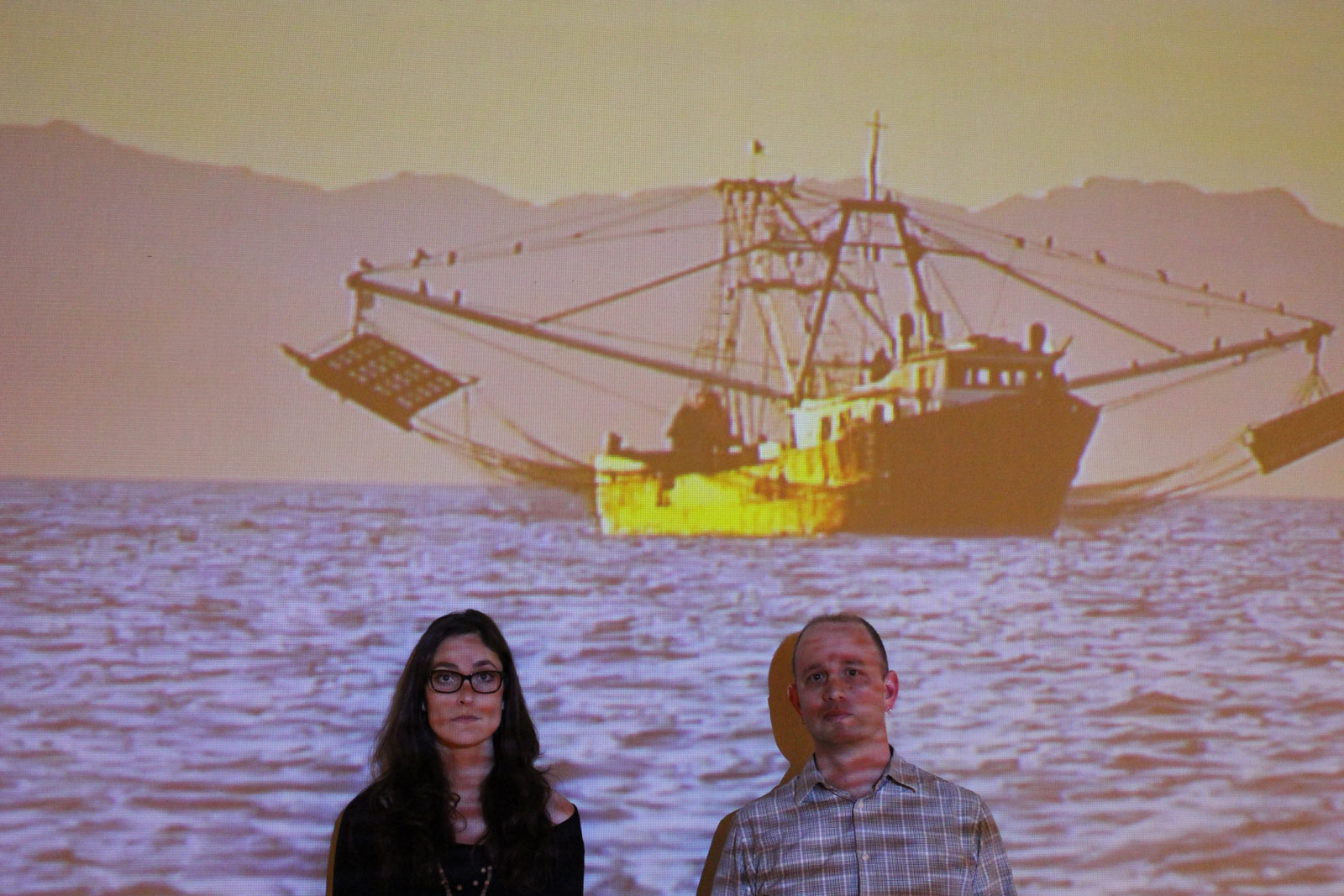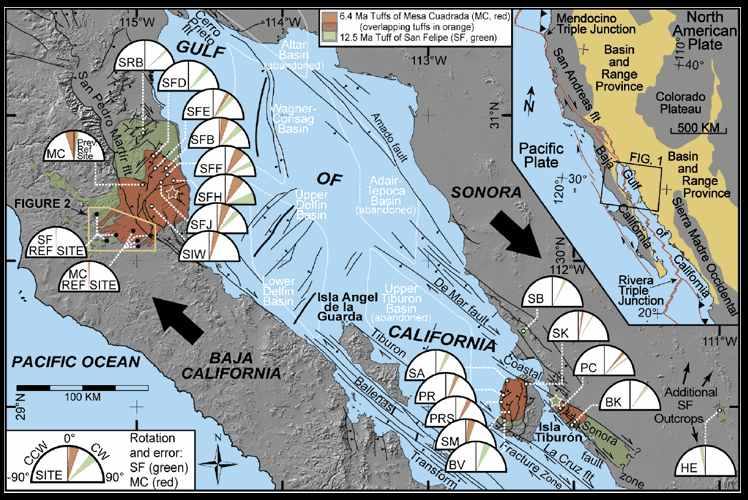Stopping For Pozos: A Collaboration Between Ben Wilder and Ben Johnson
- Details
- Category: Ben Johnson & Ben Wilder
- Created: Tuesday, 09 May 2017 12:47

Driving along the highway through northwestern Mexico’s Gran Desierto you might not notice the pozos dotted amongst the seemingly endless sand dunes. Most drivers don’t. Yet these pozos provide fresh water critical to a diversity of life. Historically, pozos were central to the physical and cultural nourishment of the people of the area as well. Now, most people just drive by unaware of these incredible sources of water and life.
Ben Wilder, the acting Director of The Desert Laboratory on Tumamoc Hill and a Research Scientist in desert ecology and botany from the University of Arizona, and Ben Johnson, a visual artist and curator from Tucson, Arizona, do not drive by. Wilder and Johnson are working together through the 6&6 Project and have chosen to focus their work on the pozos.





